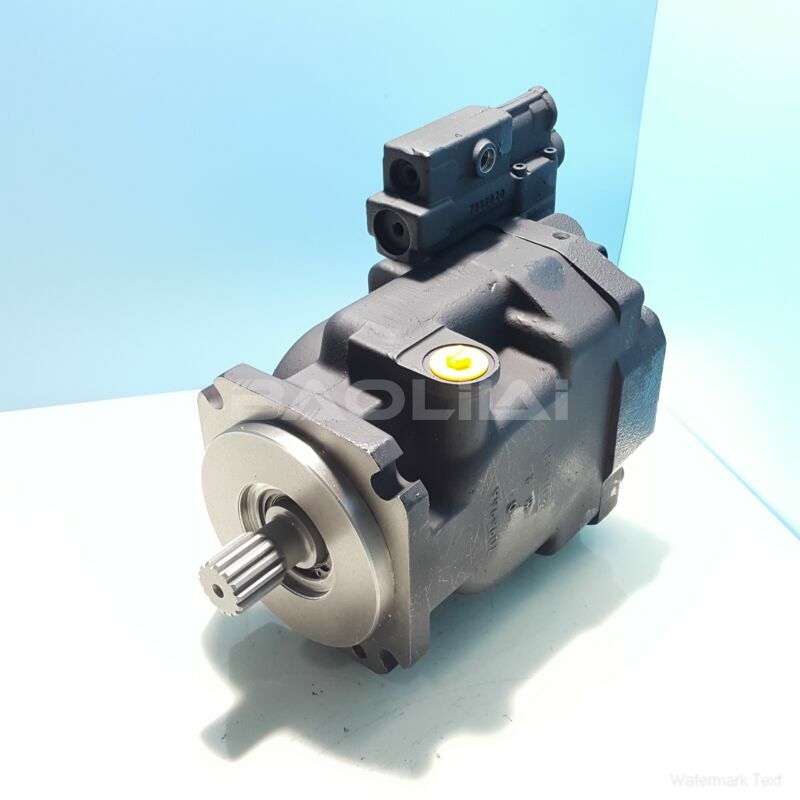FRL090CLS2320NNN3S1A2A1NNNNNNNNNN sauer danfoss pump
FRL090CLS2320NNN3S1A2A1NNNNNNNNNN sauer danfoss pump

- Product Details
- Applicable Scene
In recent years, automation has revolutionized various industries, significantly impacting production efficiency, cost reduction, and operational safety. One area where automation is making noteworthy strides is in hydraulic systems, particularly within the domain of Danfoss hydraulic pump systems. This article explores the implications of automation on these systems, focusing on advancements in technology, operational benefits, and future prospects.
FR-L-090C-LS-23-20-NN-N-3-S1A2-A1N-NNN-NNN-NNN
FRL090CLS2320NNN3S1A2A1NNNNNNNNNN
Danfoss, known for its innovative solutions in hydraulic technology, has embraced automation to enhance the performance of its hydraulic pump systems. Automation in hydraulic systems primarily involves the integration of smart technologies, sensors, and data analytics. This enables real-time monitoring and control of hydraulic pumps, leading to improved efficiency and reliability.

83062772
One of the primary impacts of automation on Danfoss hydraulic pump systems is the enhancement of efficiency. Automated systems can optimize the operation of hydraulic pumps by adjusting parameters such as pressure, flow rate, and temperature in real-time based on the demands of the application. This adaptive control minimizes energy consumption and reduces wear and tear on the pumps, ultimately prolonging their lifespan and reducing maintenance costs.
Moreover, automation facilitates predictive maintenance, which is crucial for minimizing downtime in industrial settings. With the integration of IoT (Internet of Things) technologies, Danfoss hydraulic systems can monitor their own performance metrics, detecting anomalies or wear before they lead to failures. This proactive approach enables timely interventions and maintenance scheduling, giving operators greater control over their systems and reducing the risk of unexpected breakdowns.
In addition to efficiency and maintenance, automation enhances safety in hydraulic operations. Automated systems can implement safety protocols that analyze situational data and take corrective action autonomously, minimizing the risk of human error. For example, if a hydraulic pump experiences excessive pressure, the automated system can immediately reduce the output or shut down the pump to prevent catastrophic failures and ensure the safety of personnel and equipment.





